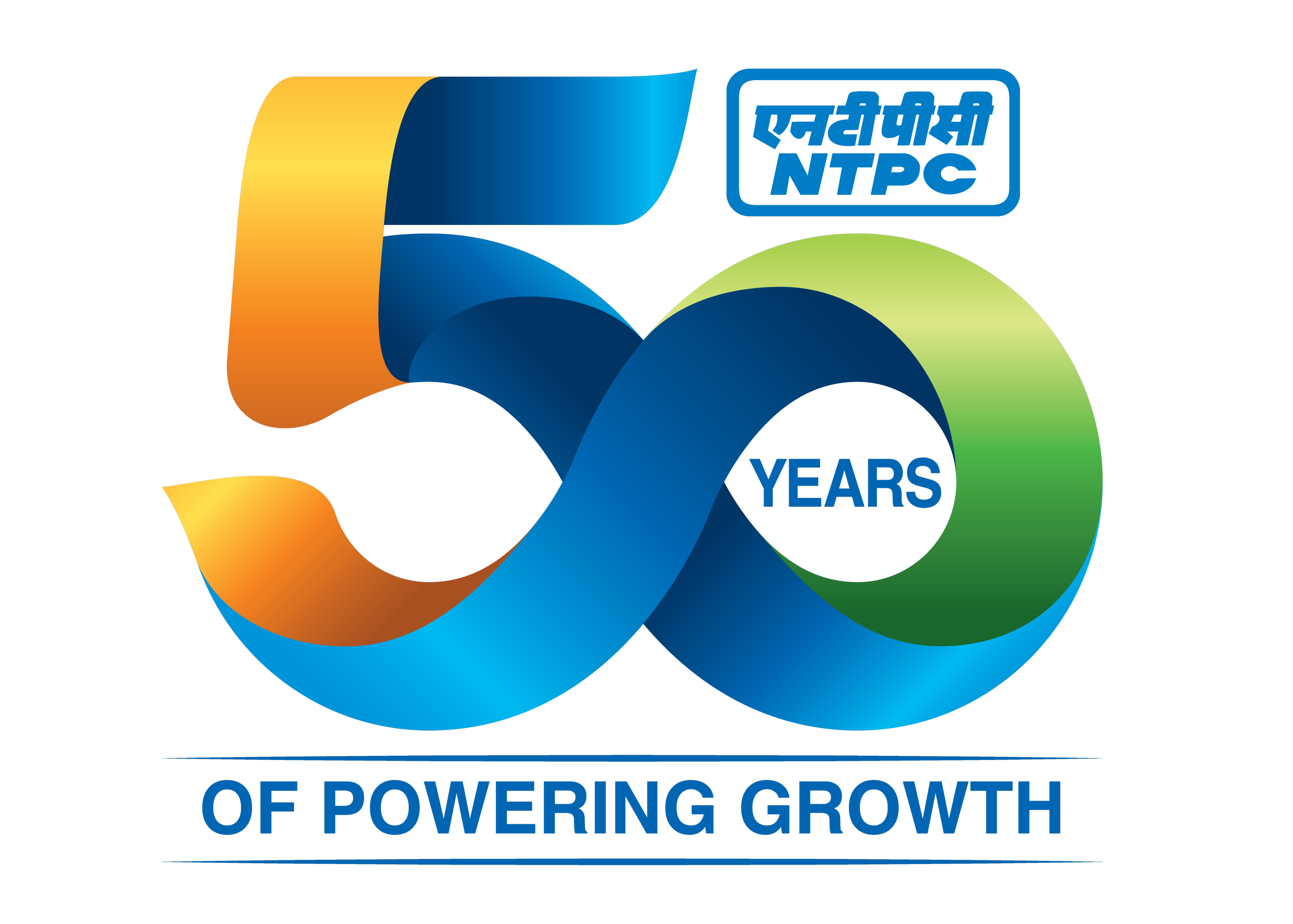- Degree Course Type
- Entry Level Qualification
- Degree Course Duration
- Course Fields
- Degree Course Entrance Exam
- Average Course Fee
- Average Salary Offered
- Course Details
- Course Highlights
- About Course
- Why Choose Course And Required Skills
- Eligibility
- Entrance Exams Details
- Degree Course Syllabus
- Top Colleges
- Course Fees
- Top Recruiters And Salary
- Course Scope And Career Options
- Admission Process
DID YOU KNOW?
This section was developed with support from NTPC CSR
Course Details
DIPLOMA IN JOURNALISM AND MASS COMMUNICATION
Degree Course Type
Diploma
Entry Level Qualification
Class 10+2
Degree Course Duration
1 Year
Course Fields
Mass comunication
Degree Course Entrance Exam
Average Course Fee
15000 - 90000
Average Salary Offered
100000 - 600000
Course Highlights
Check out the course highlights of a Diploma in Journalism and Mass Communication here:
Name of Course | Diploma in Journalism and Mass Communication |
Duration | 1Year |
Level | Diploma-UG |
Exam Type | Semester |
Course Mode | Full-Time |
Minimum Academic Requirement | 10+2 |
Minimum Aggregate Score Requirement | 40% and more |
Stream Preference | Any Stream |
Admission/Selection Process | Entrance/Merit-Based |
Average Course Fee | 35,000 |
Average Initial Salary | 2,65,000 LPA |
Areas of Employment | News Agency, Broadcasting Agency, All India Radio etc |
About Course
From a sea of courses in journalism and mass communication, students have an opportunity to pursue a Diploma in Journalism and Mass Communication. It is a 1-year journalism course designed to provide the necessary skills and understanding of the journalism sector.
The curriculum of a Diploma in Journalism and Mass Communication has been designed to ensure that students understand the basics of communicating information to a large audience. The 1-year Diploma in Journalism and Mass Communication has been designed with the objective of producing job-ready candidates capable of tackling the challenges in the industry.
Why Choose Course And Required Skills
1. In recent years, the course has proven to be competent enough to improve the level of service sector industries and manufacturing companies.
2. After successfully completing the course, these students may find lucrative employment opportunities as Content Writers, Journalists, Social Media Executives, Translators, and many other positions in this field.
3. The average starting salary for these professionals is INR 1 LPA, which may increase with experience and expertise.
4. This is an excellent course for students who want to learn about the media and the nuances of journalism, and it includes a variety of dimensions such as writing, public relations, writing, advertising, and so on.
5. One can even go for higher studies in the same field to gain more knowledge and experience about the same.
Eligibility
1. Candidates must have cleared their class 12 board examination in any stream from a recognised board of education like CBSE, ICSE or equivalent State Board of Education.
2. They must have obtained a minimum aggregate score of 40% or more in the qualifying exam.
3. Admissions may be done based on entrance test scores, therefore, candidates must ensure that they have appeared for the appropriate examination.
Entrance Exams Details
1. For Diploma in Journalism and Mass Communication courses, some universities or colleges will conduct a University/Institute-level entrance test, which means that the entrance test scores are applicable for courses offered at the respective conducting body.
2. Candidates will be asked to participate in the entrance test on a given date and time, as outlined by each college.
3. Each college will then release merit lists containing the names of all candidates along with their ranks and/or scores.
4. Based on these ranks and/or scores, candidates will be asked to participate in the selection process which may include a personal interview and/or group discussion.
5. As per the overall performance of each candidate in the selection parameters such as the entrance test score, past academic record and the performance in the personal interview and/or group discussion, universities/colleges will shortlist the prospective students for its course.
Degree Course Syllabus
The syllabus for Diploma in Journalism and Mass Communication are as follows:
News Reporting | Radio and TV Journalism |
Ethics and Laws of Media and Journalism | The emergence of Social Media |
Advertising, Media Planning and Public Relations | Print and Electronic Media |
Top Colleges
Name of the Institute | Average Fees |
Madras Christian College, Chennai | INR 14,000 |
Xavier Institute of Communications, Mumbai | INR 3,25,230 |
Poddar Group of Institutions, Jaipur | INR 40,000 |
Pacific University, Udaipur | INR 30,000 |
Maulana Azad University, Jodhpur | INR 2,000 |
ISBM University, Raipur | INR 21,900 |
Course Fees
The course fee for a Diploma in Journalism and Mass Communication programme in India will vary from college to college. Various factors such as the ownership of the college or university, the popularity of the course and much more will affect the Diploma in Journalism and Mass Communication course fees. Any candidate who wishes to pursue the course may be asked to pay an annual course fee for the course ranging anywhere between Rs15,000 - Rs 90,000. Government colleges offering a Diploma in Journalism and Mass Communication course will be far cheaper than that offered by a Private Journalism college.
Top Recruiters And Salary
Some of the popular media companies that hire journalism graduates are – Times of India, Hindustan Times, India Today, The Pioneer, The Hindu, Malayala Manorama, Outlook, Zee Network and the likes.



Job Profile | Job Description | Average Salary |
Journalist | Journalists are in charge of gathering and reporting important news and events to news outlets or other related organisations. They may work for news organisations, websites, newspapers, magazines etc | INR 3 LPA - INR 5 LPA |
Social Media Executive | Their area of work involves management of media channel campaigns, working as a team so as to engage the audience and building the brand. | INR 3 LPA - INR 4 LPA |
Content Writer | These professionals are indulged in the creation of content for websites and journals, writing scripts, reviews and much more. | INR 2 LPA - INR 3 LPA |
Communications Specialist | Their area of work involves the maintenance of the relationship between the public and the organisation in which they presently work. | INR 3 LPA - INR 6 LPA |
News Reader | They are given the responsibility to deliver or read the news on radio or television channels. | INR 1 LPA - INR 6 LPA |
Course Scope And Career Options
Journalism has been an industry where passion, determination and mental and emotional strength lead to lucrative and rewarding career paths. Transmission of the information and current affairs across different platforms to millions of people requires a certain set of skills and understanding, which journalists are trained to hone.
The career options and job prospects of a Diploma in Journalism and Mass Communication course are great. Students graduating from the course can find different employment opportunities across different platforms. However, being an entry-level degree, students will be required to work twice as hard as any other journalist to build a reputation for themselves.
As mentioned above, the Diploma in Journalism and Mass Communication graduates can find employment opportunities in the following areas:
1. News Agencies
2. Broadcasting Companies
3. All India Radio
4. Photography Studios
5. Advertising Agencies
6. TV and Newspapers
These are just a few of the areas where a graduate of the course can find a career path for themselves right after graduation. At these areas of employment, candidates can work under various job profiles after Diploma in Journalism and Mass Communication courses in India.
1. Columnists
2. Journalists
3. TV News Reporter
4. Feature Writer
5. Web Content Writer
6. Special Correspondent
7. Radio Jockey
However, all graduates can improve their career prospects and earn better packages if they pursue higher education courses. Some of the higher education courses on offer after Diploma in Journalism in Mass Communication include:
1. BA in Journalism
2. BA in Journalism and Mass Communication
3. Bachelors in Journalism and Mass Communication
4. BA in Multimedia and Mass Communication
Admission Process
Most journalism and mass communication colleges in India offer admissions to various journalism course based on either merit alone or entrance test scores. Each college defines its admission process for the variety of courses that they offer. Therefore, it advisable to check out the admission processes and eligibility criteria of each college prior to applying for admission. Check out the admission processes for the Diploma in Journalism and Mass Communication courses in India.
Entrance-Based Admissions
1. For Diploma in Journalism and Mass Communication courses, some universities or colleges will conduct a University/Institute-level entrance test, which means that the entrance test scores are applicable for courses offered at the respective conducting body.
2. Candidates will be asked to participate in the entrance test on a given date and time, as outlined by each college.
3. Each college will then release merit lists containing the names of all candidates along with their ranks and/or scores.
4. Based on these ranks and/or scores, candidates will be asked to participate in the selection process which may include a personal interview and/or group discussion.
5. As per the overall performance of each candidate in the selection parameters such as the entrance test score, past academic record and the performance in the personal interview and/or group discussion, universities/colleges will shortlist the prospective students for its course.
Merit-Based Admissions
1. Under merit-based admissions, candidates will be asked to apply for the course of their choice and appear for the document verification processes.
2. Subsequently, each applicant will be shortlisted for further selection processes which, as per trends, can include a Personal Interview and/or Group Discussion.
3. Depending on the overall performance of the candidate in the different selection criteria like the past academic record and the performance in the personal interview and/or group discussion, the prospective student will be shortlisted for admissions.


